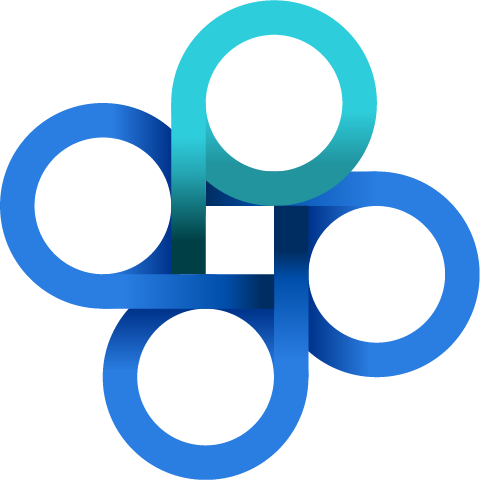How to Look at Data and See the Consumer Journey
I spent many days analyzing the buying journeys of more than 40,000 consumers and some of the key takeaways that were unearthed include:
- Consumers are visiting multiple sites within the industry in which they are shopping, including both third-party lead generator sites and first party brand sites.
- When a consumer is further along in their journey and close to converting, the web events get closer together with fewer days between the occurrences.
- Consumers are visiting multiple unique sites, which is also an indication of high intent.
Background on the Data and the Process
For this analysis, we started with a series of questions about the journey: When did they start researching? How many websites did they visit? Did they do follow-up research on the brand’s own first-party website? We wanted to gain an understanding of all those characteristics, in order to paint an accurate picture of the consumer buying journey.
We examined the behavioral data of more than 40,000 consumers who ultimately ended up converting to customers (policy holders, borrowers, or students) across three industries: insurance, mortgage and education. All of the consumers we looked at came from third party lead providers.
We traced those consumers back in time across the Jornaya network to see their web behavior through to their decision to purchase. Every time we saw each of these consumers, we analyzed their behavior on the site, looking at such characteristics as how long they spent on the site, whether or not they interacted with form fields, what type of device they were using, etc. We then aggregated all of that data to identify trends for consumers that converted into customers.
How does seeing the journey help marketers be more effective?
- Customize retargeting campaigns to align with the stage of each consumer’s journey
The better you know the journey, the better you understand how the consumer is behaving through their buying experience and the more appropriately and effectively you are positioned to communicate to them.
Because the consumer’s journey has so many touch points, the smart marketer will craft a different message to the consumer who is further along in their journey than one who abandoned the path 30 days ago.
- Improve the logic that matches each consumer to a specific brand
Lead sellers can be armed with intent signals for consumers on their site, and can use this information to more effectively match consumers to specific brands. They can leverage this information to feed into their logic about which brands are best for a consumer.
- Increase the predictability of your quality score
With metrics in place to gauge the quality of a lead, if you aren’t including behavioral data in your intent score, you aren’t capturing the really indicative decision-making information regarding whether or not your consumers will convert.
- Customize the in-site experience to maximize conversion
When you know a consumer has been actively in-market for months, you can assume that consumer is far along in the buying journey. This enables you to make a smart decision about where to place them in your lead funnel, because they are high-intent.
- Understand the ancillary impact your business may be having on your clients’ metrics (“halo effect”)
For lead buyers, even if a consumer ends up buying directly from the brand’s own site, but she started her journey on a third-party site, that has an impact on the buyer’s journey. Having this information enables the marketer to properly give the appropriate attribution to that third-party lead seller for their influence on the conversion. If marketers are not working this way, they may be underrating the contribution of their partners and they aren’t able to make accurate decisions about where to spend the next dollar.
Lauren Dickstein, VP Data and Analytics Strategy








 Your Privacy Choices for Platform Services | Data Services
Your Privacy Choices for Platform Services | Data Services